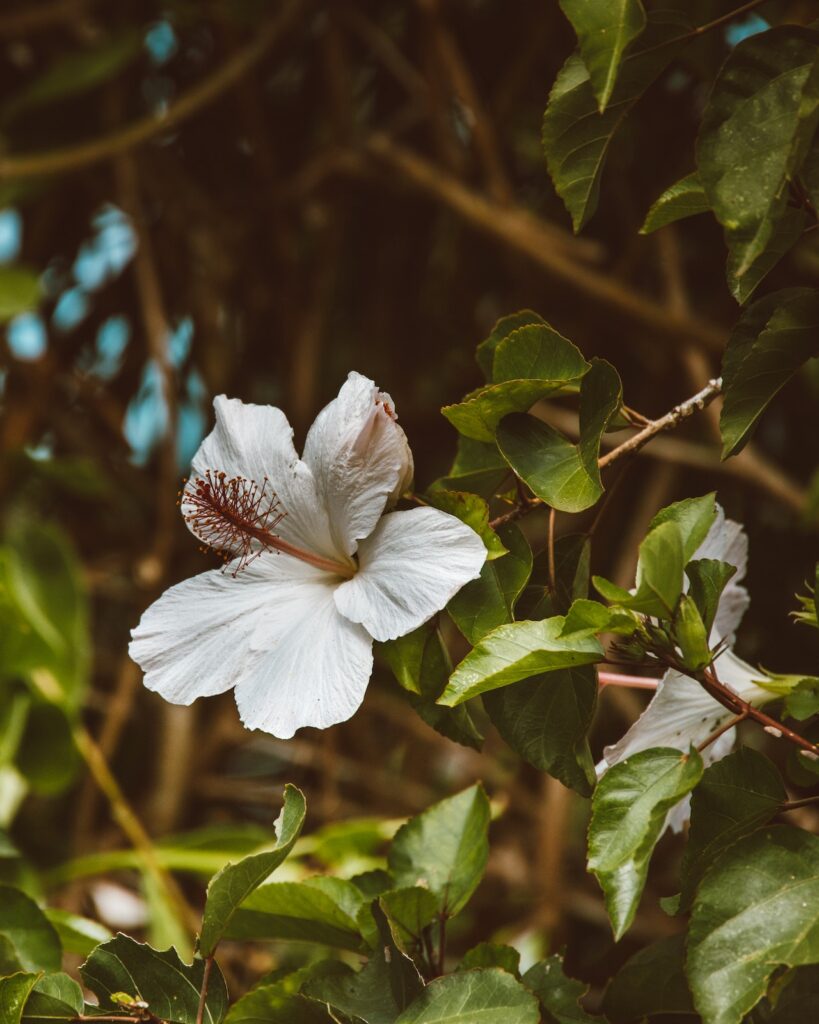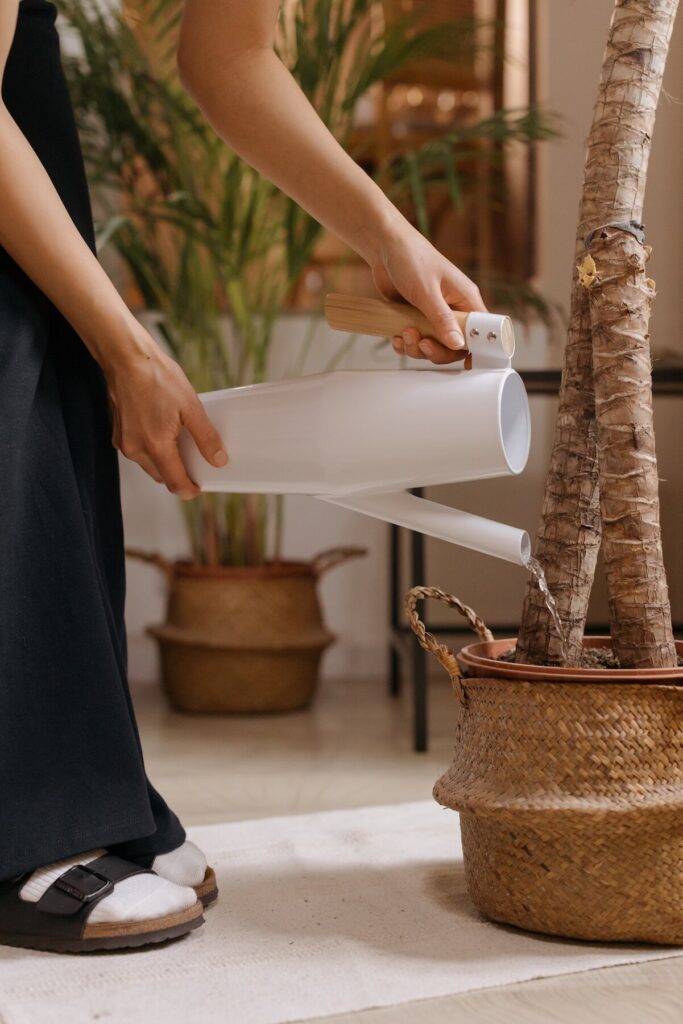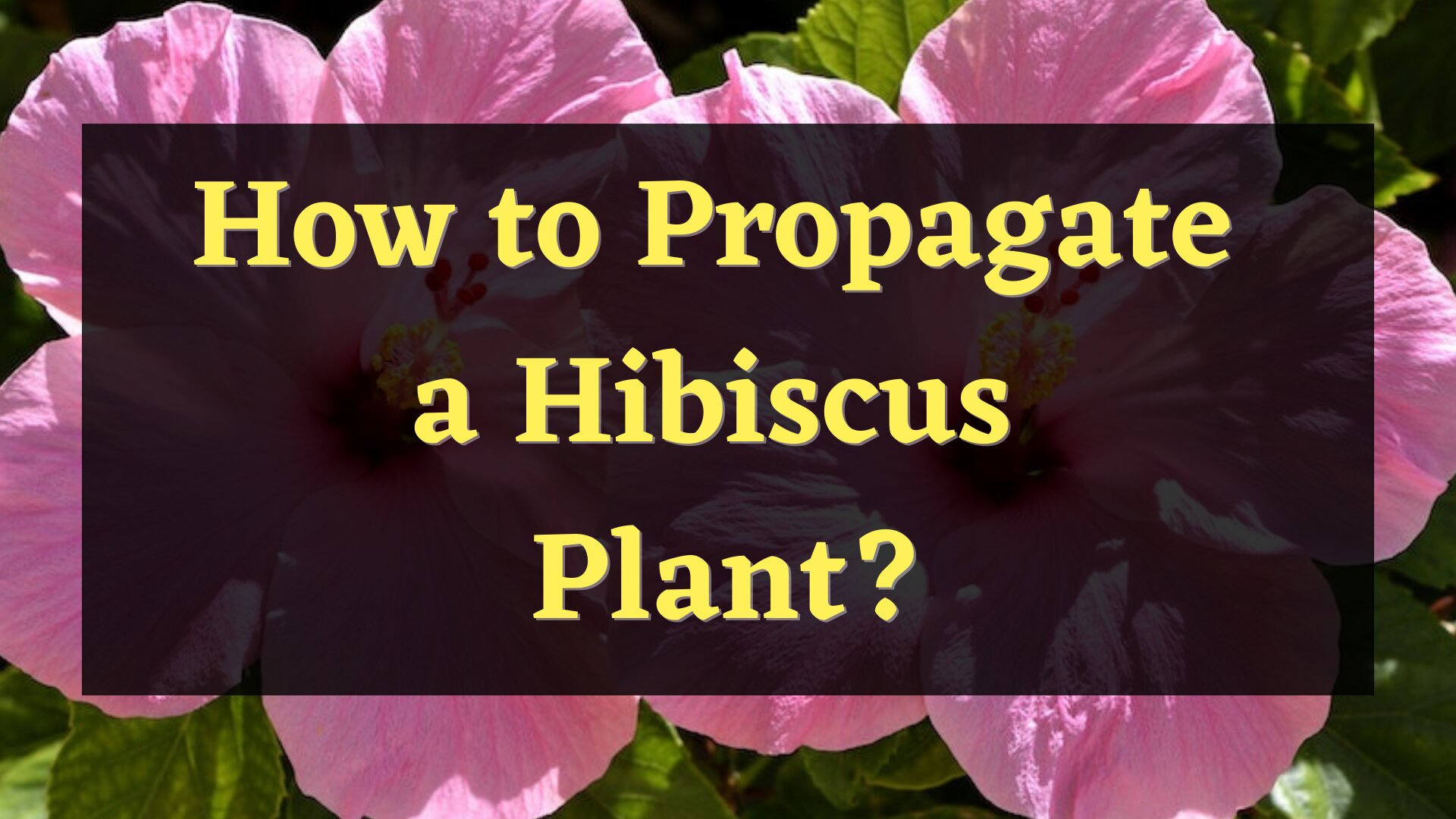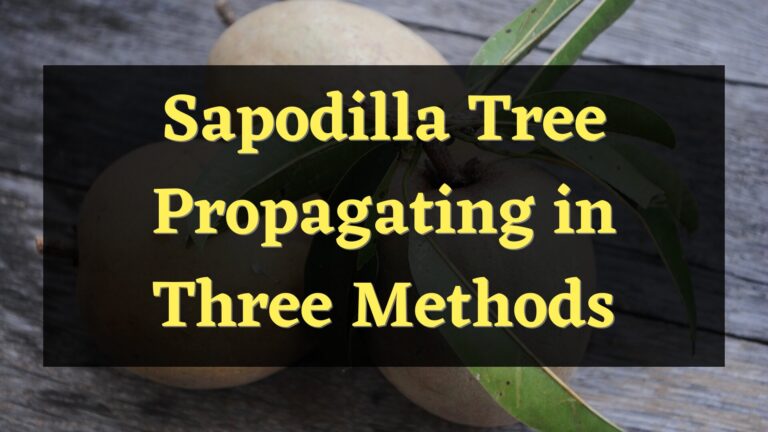Knowing how to propagate Hibiscus properly is a cost-effective way to increase your plant collection. Hibiscus is known for its visually appealing flowers and is widely planted as shrubs in tropical regions. It is used in decoration, food, beverage, medicine, and cosmetics. Its beautiful flowers add an aesthetic look to the environment. Its flowers attract bees, butterflies, and hummingbirds.
About Hibiscus
Hibiscus is a genus of numerous species of shrubs, herbs, and trees. Hardy and tropical hibiscus are the two most commonly grown hibiscus varieties. Some of the varieties of Hardy hibiscus are Vintage Wine, Berry Awesome, Luna Red, and Midnight Marvel. Some of the varieties of Tropical Hibiscus are Black Dragon, Seminole Pink, and Hawaiian Sunset.
Hibiscus provides a lot of benefits. It is rich in bioactive compounds that provide a lot of health benefits. In traditional medicine, this is considered an herbal plant that can treat high blood pressure and liver problems. It is also used in creating extracts, teas, and supplements.

Methods to propagate Hibiscus plant
Hibiscus can be propagated through cuttings, seeds, division, and air-layering. Stem-cutting is the easiest and most effective way to reproduce hibiscus.
Steps to Propagate Hibiscus from cuttings
1. Cut a 4 to 6 inches stem from the parent plant
The cutting must be taken from the new growth of a healthy parent plant. The stem must be cut diagonally beneath the leaf node where natural growth hormones are present.
2. Trim the leaves on the bottom part of the cuttings
Removing leaves at the bottom part of the cuttings will improve the oxygen level on the surface of the plant. Dip the end of the stem cutting in a rooting hormone to help the plant develop roots faster.
3. Root the cutting in soil or water
If you will root the cuttings in water, fill a transparent bottle or container with 1 to 2 inches of water. Softwood or new-growth cuttings must be rooted in water. A transparent tall glass must be used to prevent the leaves from getting into the water. Replace the water once a week to prevent the formation of microbes.
If your cuttings are taken from a mature stem, root them in topsoil. Use a pencil to make a hole to prevent the stem from being damaged because of the grittiness of the soil.
If your cuttings are taken from tropical hibiscus, the ideal potting mix is 1 part of peat moss and 3 parts of sand. The potting mix must be watered evenly before you plant the cuttings to moisten it.
4. Cover it with transparent plastic
A plastic wrap or plastic bag can be used to lock in the moisture on the surface of the plant. The plastic must not touch the leaves of the cuttings. Put it on the shaded part in hot weather. The plastic must be slightly open to allow air circulation over the cuttings.
5. Maintain the right environmental condition
Regular monitoring will help the plant to develop roots faster. Always check the condition of the plant and the potting mix. If the potting mix dries up faster, you must put the cuttings in partial shade. If the potting mix gets wet, remove the plastic cover temporarily and reduce the watering. Roots will be developed within 8 weeks.
6. Transplant the cuttings in a new pot
If you root cuttings in water, they can be transplanted when the color of the roots turns from white into a light tan. If you root cuttings in soil, they can be transplanted when new leaves are formed. Carefully remove the cuttings when you transplant them into a larger pot. Fill the pot with hibiscus topsoil, leaving around 2.5 centimeters at the top so that the plant will easily absorb the water. Make a hole that is suited to the size of the roots and plant the cutting on it. Pat the soil around the stem to keep the plant steady.
Steps to Propagate Hibiscus from seeds
Hardy hibiscus and tropical hibiscus can be propagated from seeds. Seed propagation is more effective in hardy hibiscus than tropical hibiscus.
1. Collect the seeds from the seedpod
Gently remove the seeds from the seedpod to prevent them from getting damaged.
2. Soak the seeds in water for 24 hours
Soaking the seeds before planting will speed up the germination process. An alternative way of pre-germinating the seeds is by putting them in a damped paper towel.
3. Plant hibiscus seeds in a pot that has good drainage
Use a seed potting mix to accelerate seed germination. Coco coir, peat moss, perlite, and vermiculite can be added to the potting mix. You can plant three to four seeds in one pot.
4. Cover the seeds with soil
Gently fill the hole with soil so that the seeds will not be buried deeper. Water it after planting the seed to moisten the soil. It typically takes up to 4 weeks for seedlings to appear.
5. Transfer them to a new pot
The seedlings must be planted separately in a new pot. Monitor its growth regularly. Propagating hibiscus from seeds takes a lot of time and effort so it needs more care and attention.
Propagating Hibiscus through division
1. Take the parent plant out of the pot
Watering the plant will soften the soil so you can easily take the plant out of the pot. Gently remove the plant to prevent the root from being damaged.

2. Clean the roots
Rinse the roots with water so you can easily see their condition.
3. Divide the plant
Each division must have healthy roots and actively growing top shoots. Trim off the damaged roots to prevent the whole plant from getting damaged.
4. Transfer the plant separately into a new pot
Use the same potting mix that you use in the parent plant to prevent transplant shock. Take good care of the plant by keeping the soil moist and maintaining an ideal environmental condition.
Propagating from air-layering
1. Choose a healthy and mature hibiscus plant
A semi-hardwood stem from the parent plant must be used for air-layering. Make two parallel cuts on the stem with a 1-inch distance between the cuts.
2. Put the sphagnum moss around the cut
Moisten the sphagnum moss. Soaking the sphagnum moss in water for 30 minutes will moisten it. Apply a rooting hormone on the exposed part.
3. Cover the sphagnum moss with plastic
Fasten the top and bottom of the plastic wrap to keep the air from getting inside.
4. Check the rooting after 4 weeks
It can be transplanted when it develops numerous roots. Cut it below the root ball. The sphagnum moss must not be removed immediately because its roots are still attached to it.
What’s the best method to propagate Hibiscus?
Hibiscus can be propagated in different ways such as cuttings, division, air-layering, and seeds. The best method to propagate hibiscus is the stem-cutting method. It is also the fastest, easiest, and most effective method to grow hibiscus method.
When to start propagating Hibiscus?
The factors that must be considered to start propagating hibiscus are the season and the condition of the plant. The parent must be healthy to reproduce it effectively. The best season to start propagating this plant from air-layering, cuttings, and division is on late spring to the middle of summer when these plants are growing actively. The best season to start propagating this plant is on spring.
Conclusion
There are different ways how you can propagate hibiscus. It can be reproduced from cuttings, division, air-layering, and seeds. The reproduction method that you will use is based on the variety of the hibiscus. Hibiscus has a lot of beneficial compounds that can improve your health. It can be used as an ingredient in creating different products such as medicines, food, and cosmetics.

Elizabeth Mcmillan is a passionate gardener with a strong interest in plants. She used to be a teacher, but Elizabeth has spent the last few years immersing herself in the world of plants, learning about their biology and cultural value and trying out different ways of growing them in her own garden. Elizabeth Mcmillan loves indoor plants, succulents, and cacti, and her friends and family know her as a plant care expert.







